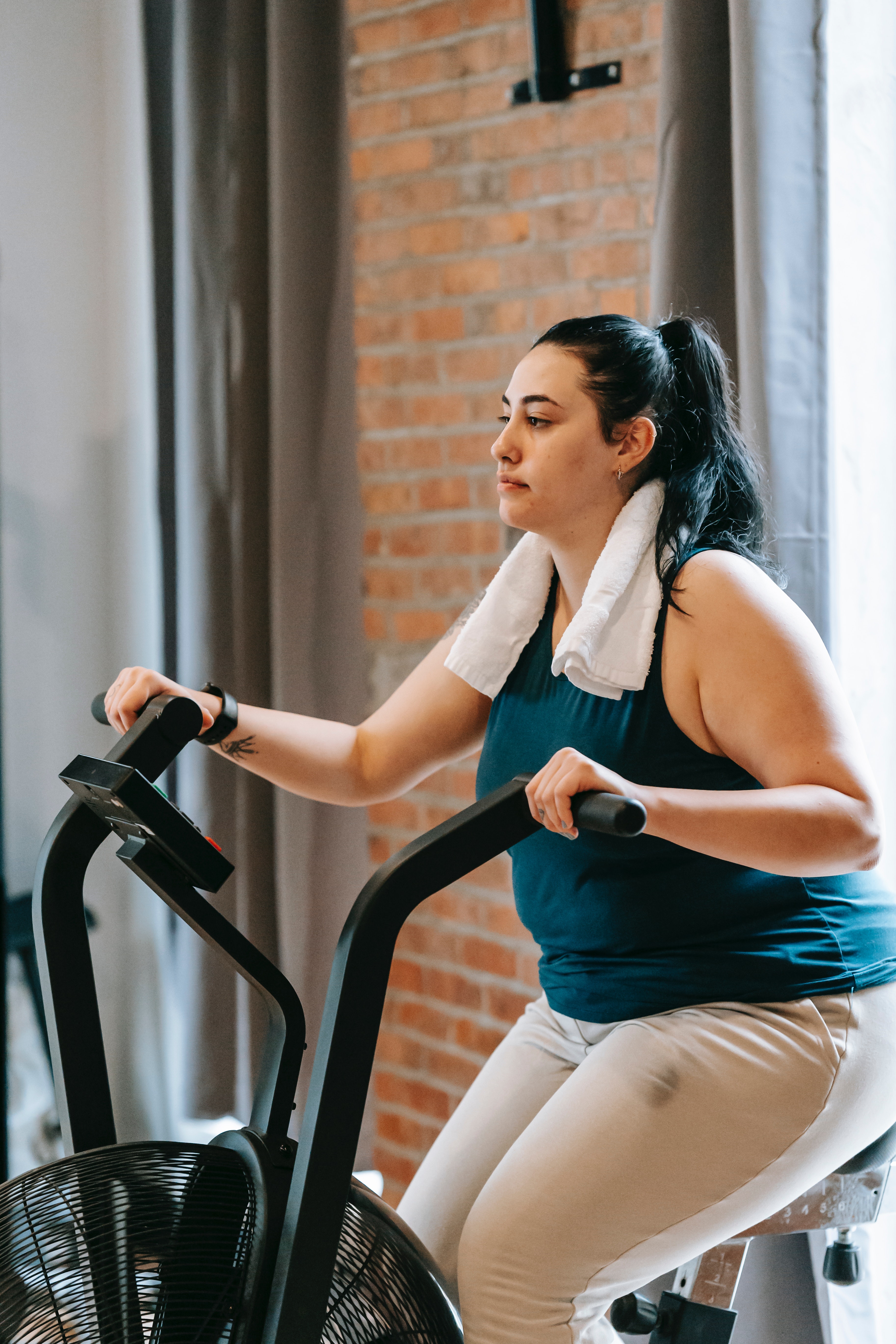INTRODUCTION
CAPR provides 50 sample questions for PCE written exam. These practice questions are available as a resource for candidates preparing for the Written Component of the Physiotherapy Competency Examination (PCE).
Let’s answer these questions and try to find the reasons.
A 50-year-old man comes to a private physiotherapy clinic for an aerobic exercise program. He has a 10-year history of insulin-dependent diabetes.
- Which signs and symptoms of hypoglycemia should the physiotherapist anticipate the client may demonstrate while participating in an aerobic exercise program?
A. Manic mood, increased energy level.
B. Increased temperature, flushed face.
C. Weakness, excessive sweating.
D. Nystagmus, ringing in the ears.

The answer is “C”
Hypoglycemia, or low blood sugar, is a potential concern for individuals with diabetes, especially during physical activity. When participating in an aerobic exercise program, the client may experience signs and symptoms of hypoglycemia.
Option A, manic mood and increased energy level, is not typically associated with hypoglycemia. Instead, it may be a sign of hyperglycemia, which is high blood sugar.
Option B, increased temperature and flushed face, is not directly related to hypoglycemia. It may be a result of increased body temperature due to physical exertion during aerobic exercise.
Option D, nystagmus (involuntary eye movement) and ringing in the ears, are not typical signs of hypoglycemia. They may be associated with other medical conditions or unrelated factors.
Option C, weakness and excessive sweating, are commonly observed signs and symptoms of hypoglycemia during aerobic exercise. Low blood sugar can lead to a feeling of weakness, fatigue, and profuse sweating.
It is important for the physiotherapist to be aware of the signs and symptoms of hypoglycemia during exercise and be prepared to address them promptly. If the client demonstrates signs of hypoglycemia, it may be necessary to provide a source of glucose (e.g., a sugary snack or juice) to raise their blood sugar levels.
- In designing the aerobic cycling program for the client, which of the following exercise parameters should the physiotherapist recommend?
A. 4 – 7 days a week for 20 – 60 minutes.
B. Daily at 20 – 40% of maximum heart rate.
C. Daily at 80 – 90% of maximum heart rate.
D. 3 – 5 days a week for 60 – 90 minutes.

The answer is “A”
When designing an aerobic cycling program for the client, the physiotherapist should recommend exercise parameters that align with the client’s goals, fitness level, and overall health condition.
Option A, 4 – 7 days a week for 20 – 60 minutes, provides a range of frequency and duration that allows for regular aerobic exercise without excessive strain. This range allows for flexibility in adjusting the program to the client’s specific needs and capabilities.
Option B, daily at 20 – 40% of maximum heart rate, suggests a low-intensity exercise program. While this intensity range may be suitable for some individuals, it may not provide sufficient cardiovascular benefits or challenge for others. Additionally, daily exercise without rest days may not allow for adequate recovery.
Option C, daily at 80 – 90% of maximum heart rate, represents a high-intensity exercise program. This intensity range is typically reserved for specific training purposes or highly fit individuals. It may not be appropriate for individuals with certain health conditions or those who are not accustomed to intense exercise.
Option D, 3 – 5 days a week for 60 – 90 minutes, suggests a longer duration and fewer days of exercise. While this may be suitable for some individuals, it may not be practical or necessary for everyone. Longer duration workouts require higher levels of fitness and may be challenging for beginners or those with time constraints.
In summary, option A provides a balanced range of frequency and duration that can be adjusted based on the client’s needs and abilities. It allows for regular aerobic exercise while accommodating individual factors such as fitness level and time availability.
- Which of the following components of the client’s treatment can the physiotherapist assign to the physiotherapist assistant?
A. Progression of the exercise program.
B. Examination of the feet.
C. Assessment of the fitness level.
D. Monitoring of the exercise program.

The answer is “D”
A physiotherapist assistant can be assigned the task of monitoring the client’s exercise program under the direction and supervision of the physiotherapist. This involves observing the client during exercise sessions, ensuring proper technique and adherence to the prescribed program, and documenting the client’s progress and any changes or concerns that arise.
Option A, progression of the exercise program, typically falls under the responsibility of the physiotherapist who assesses the client’s progress, adjusts the program, and determines when and how to advance the exercises.
Option B, examination of the feet, is a clinical assessment task that requires specific expertise and knowledge. It falls within the scope of the physiotherapist’s role to assess and evaluate foot conditions or related issues.
Option C, assessment of the fitness level, also requires a comprehensive evaluation that goes beyond the scope of a physiotherapist assistant. Assessing fitness levels involves gathering information about the client’s overall health, medical history, and physical abilities. This assessment is typically performed by the physiotherapist to inform the treatment plan and determine appropriate exercises.
Therefore, option D is the correct answer as it represents a task that can be assigned to a physiotherapist assistant, while the other options require the expertise and decision-making of the physiotherapist.
CONCLUSION
We tried to answer three items from the CAPR sample questions. How was your result?
I will post other questions with explanations, so let’s beat the exam together!
USE EFFECTIVE MATERIALS
There is more about CAPR and PCE articles in this blog.
- PCE WRITTEN EXAM PRACTICE QUESTIONS – 5(2)
- PCE WRITTEN EXAM PRACTICE QUESTIONS – 5(1)
- PCE WRITTEN EXAM PRACTICE QUESTIONS – 4
- PCE WRITTEN EXAM PRACTICE QUESTIONS – 3
- PCE WRITTEN EXAM PRACTICE QUESTIONS – 2
- PCE written exam practice questions – 1
- TO BE A PHYSIOTHERAPIST IN CANADA
- CAPR UPDATED LANGUAGE PROFICIENCY POLICY!
- HOW TO WORK AS A PHYSIOTHERAPY ASSISTANT IN CANADA AS AN INTERNATIONALLY TRAINED PHYSIOTHERAPIST

Pingback: PCE WRITTEN EXAM PRACTICE QUESTIONS 7(1)My Physio Adventure
Pingback: PCE WRITTEN EXAM PRACTICE QUESTIONS – 7(2) - My Physio Adventure
Pingback: Watch this Video for pce writteN exam preparation! - My Physio Adventure